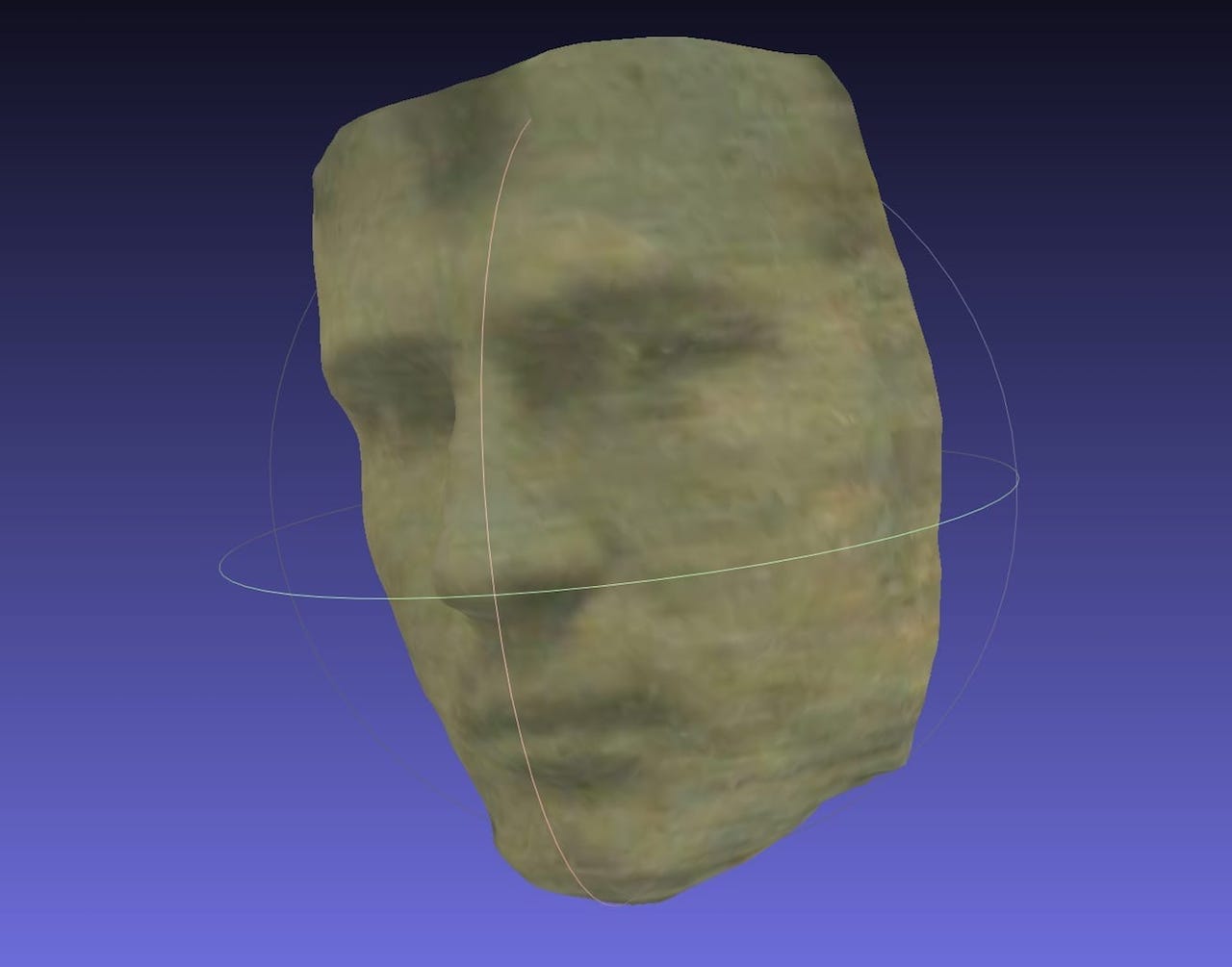
I realized something utterly fascinating about the 3D Face Reconstruction project we wrote on this week.
This is a fantastic research project from the University of Nottingham that can provide a very reasonable 3D face model from a single image. The service is only a research project, but the technology they’ve developed here, using machine learning techniques, points toward future commercial or open source applications of the approach.
But in the meantime the researchers have provided access to a basic prototype service that works extremely well.
Once you understand how this works, there is a temptation to try out a few handy face images to see how well it works. I did this, and you might have as well.
I wanted to try more types of images to see how well the method works on oddball images, so I began trolling through my overly large collection of digital images.
I found plenty of faces, although the service works best with the subject facing the camera directly. I looked further into my library.
And then it hit me. I could make a 3D model of ANY facial image in my possession. It doesn’t have to be a NEW image just taken. It could be ANY older image. Maybe one from last year.
Or maybe one from long ago.
Maybe it could be from someone who is now dead!
Maybe it’s a deceased relative you haven’t seen in decades, someone you haven’t seen in 3D since they were alive.
Maybe it is you, as a child.
Maybe it’s a historical figure you never met, but would like to see in 3D, a kind of short cut for an actual encounter through time.
I did all these. The effect is profound, being able to “see” people you haven’t seen in many years, or perhaps never saw. I needed a moment after seeing my long-deceased grandfather once again, as you may if you try this.
Some examples:
A very special lady from 1949:
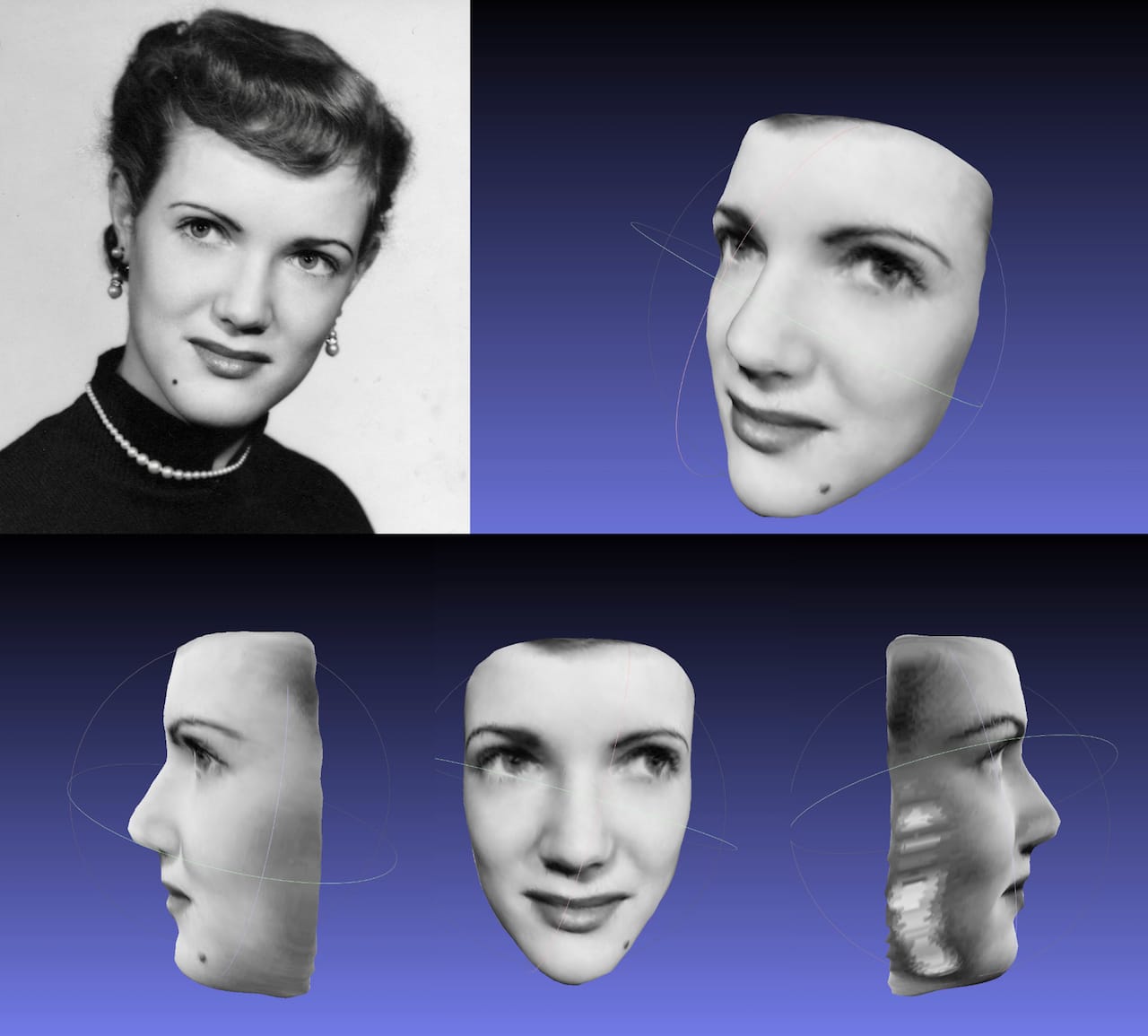
My sea captain ancestor from 1900:
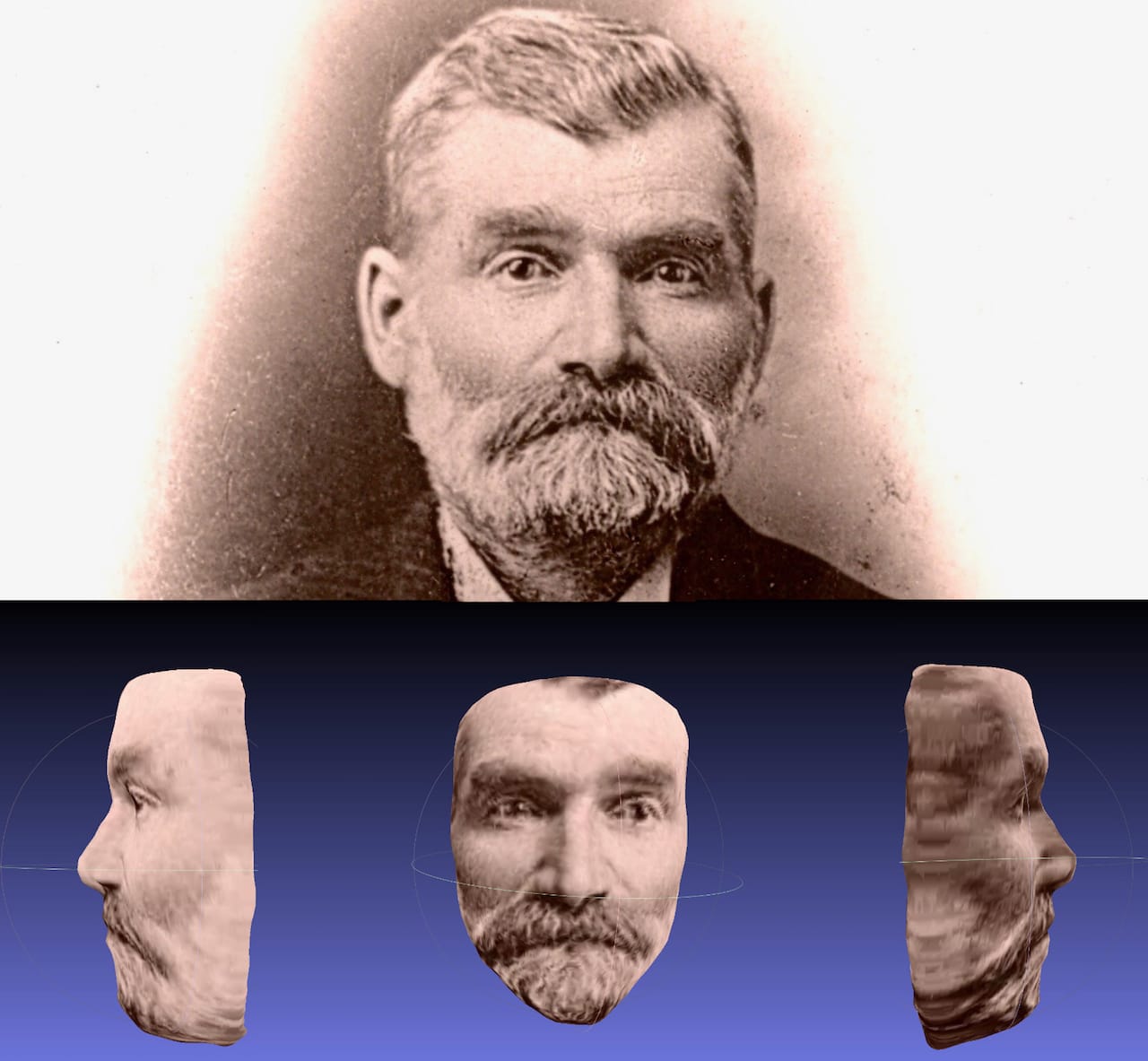
A Canadian rebel leader Louis Riel from 1880’s:
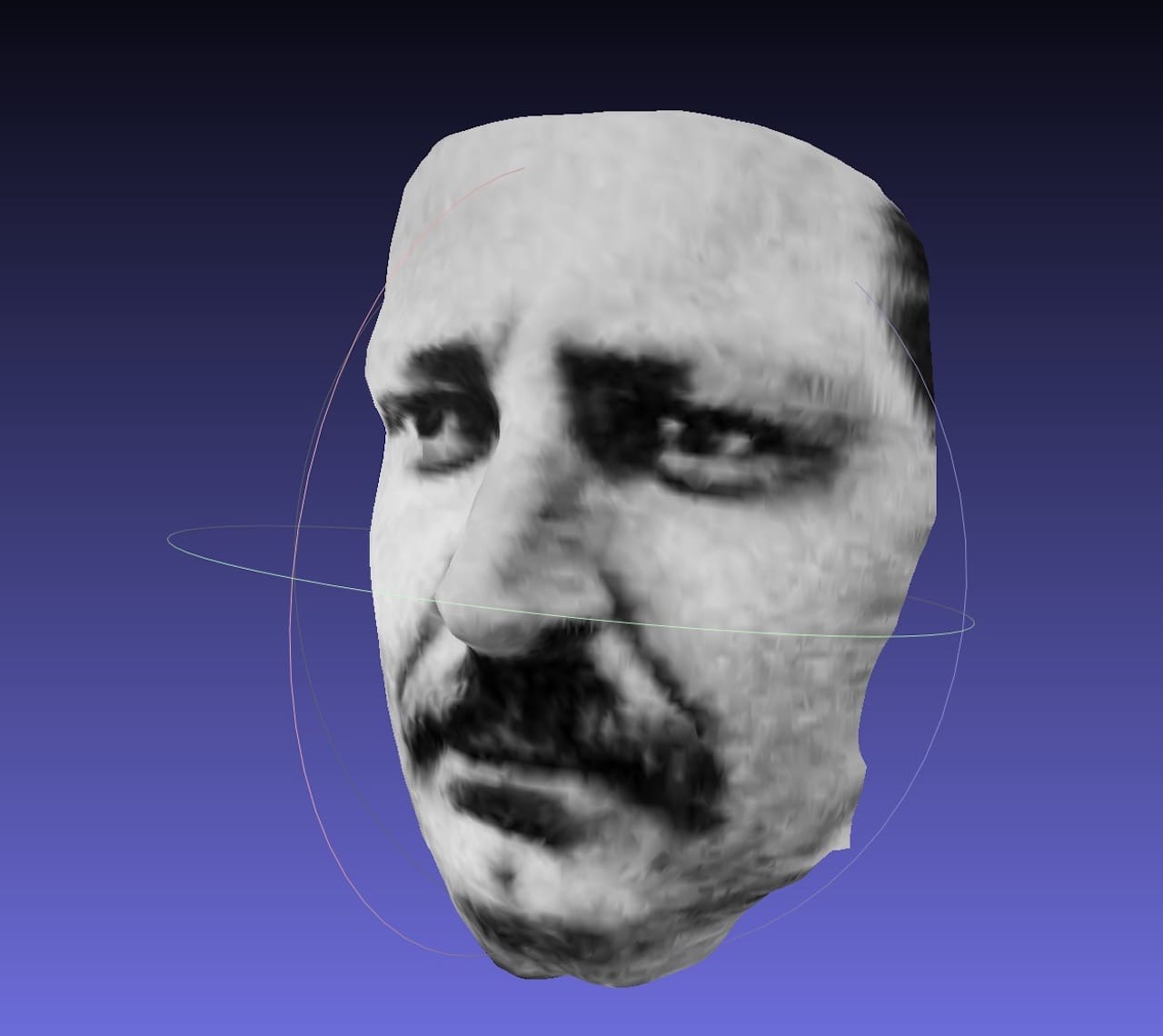
Babe Ruth:
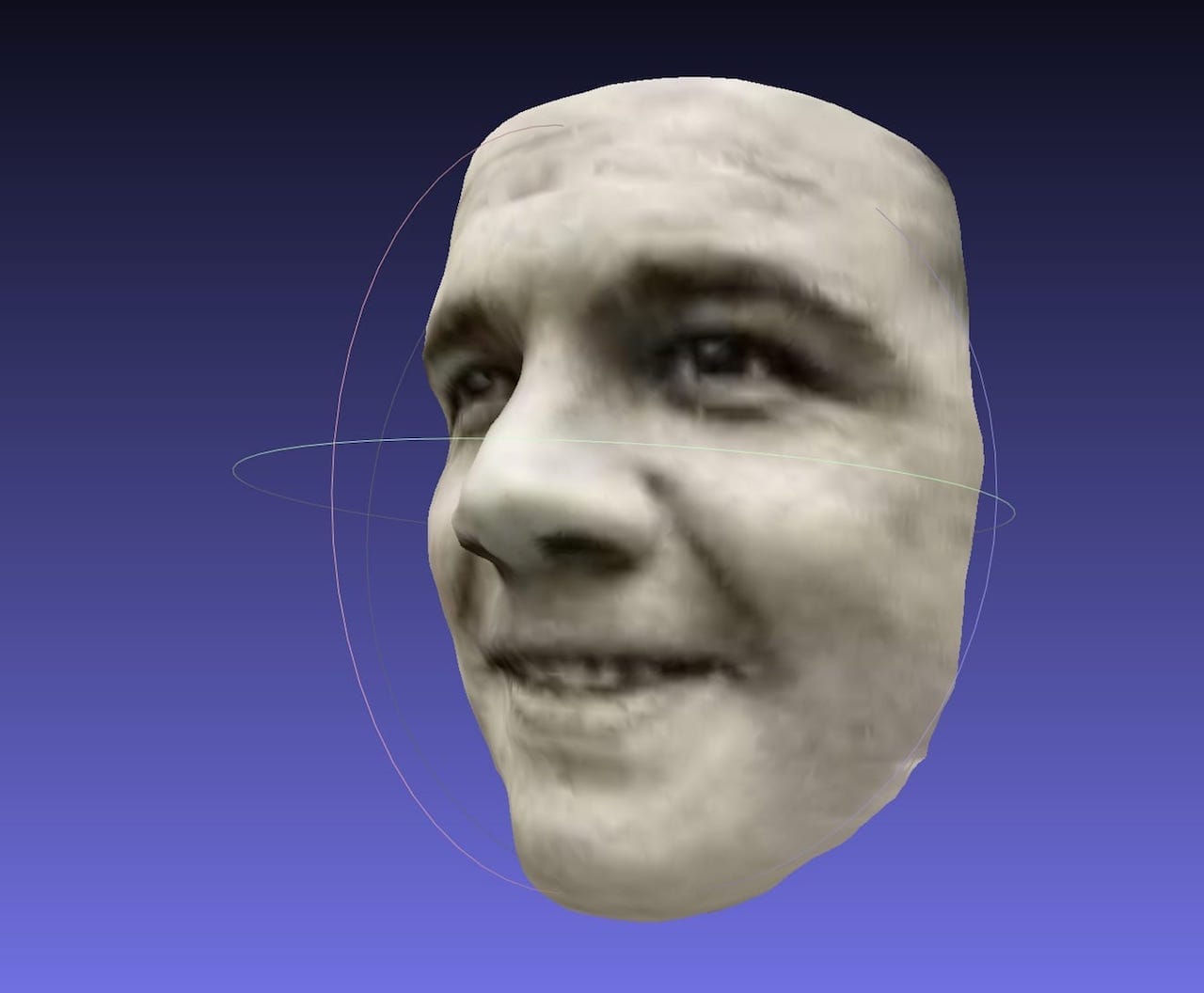
Rasputin:
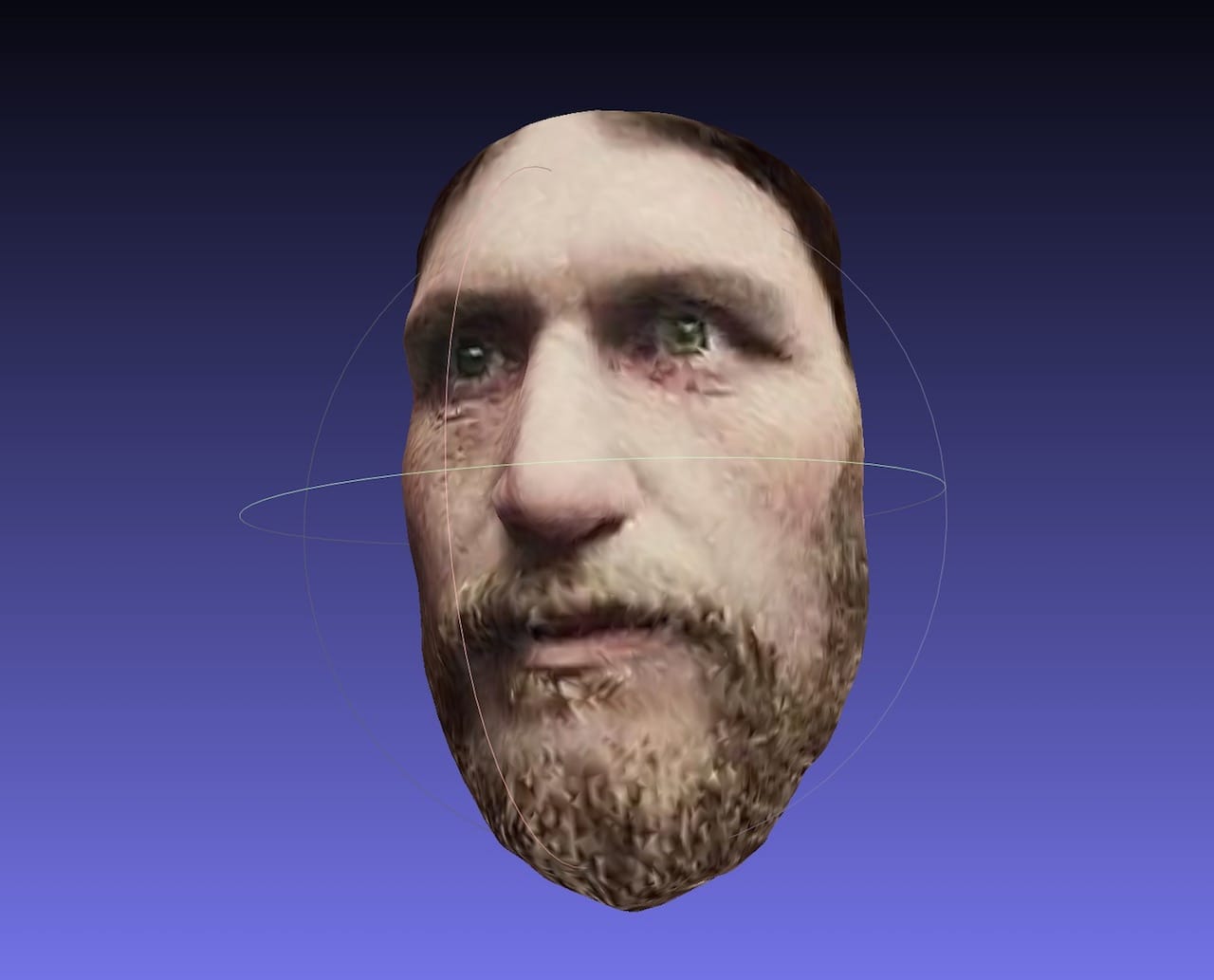
Lincoln:
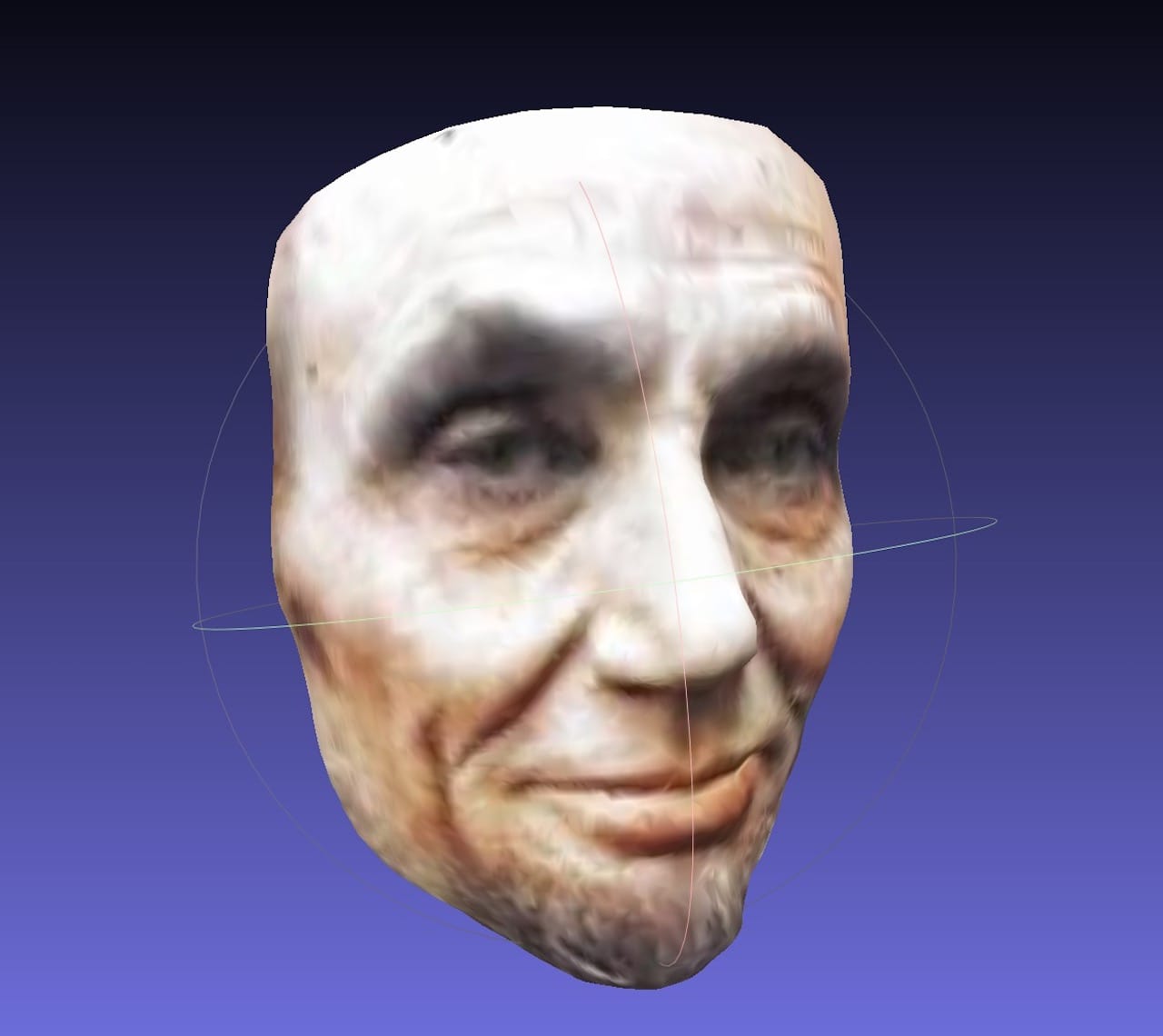
Lenin:
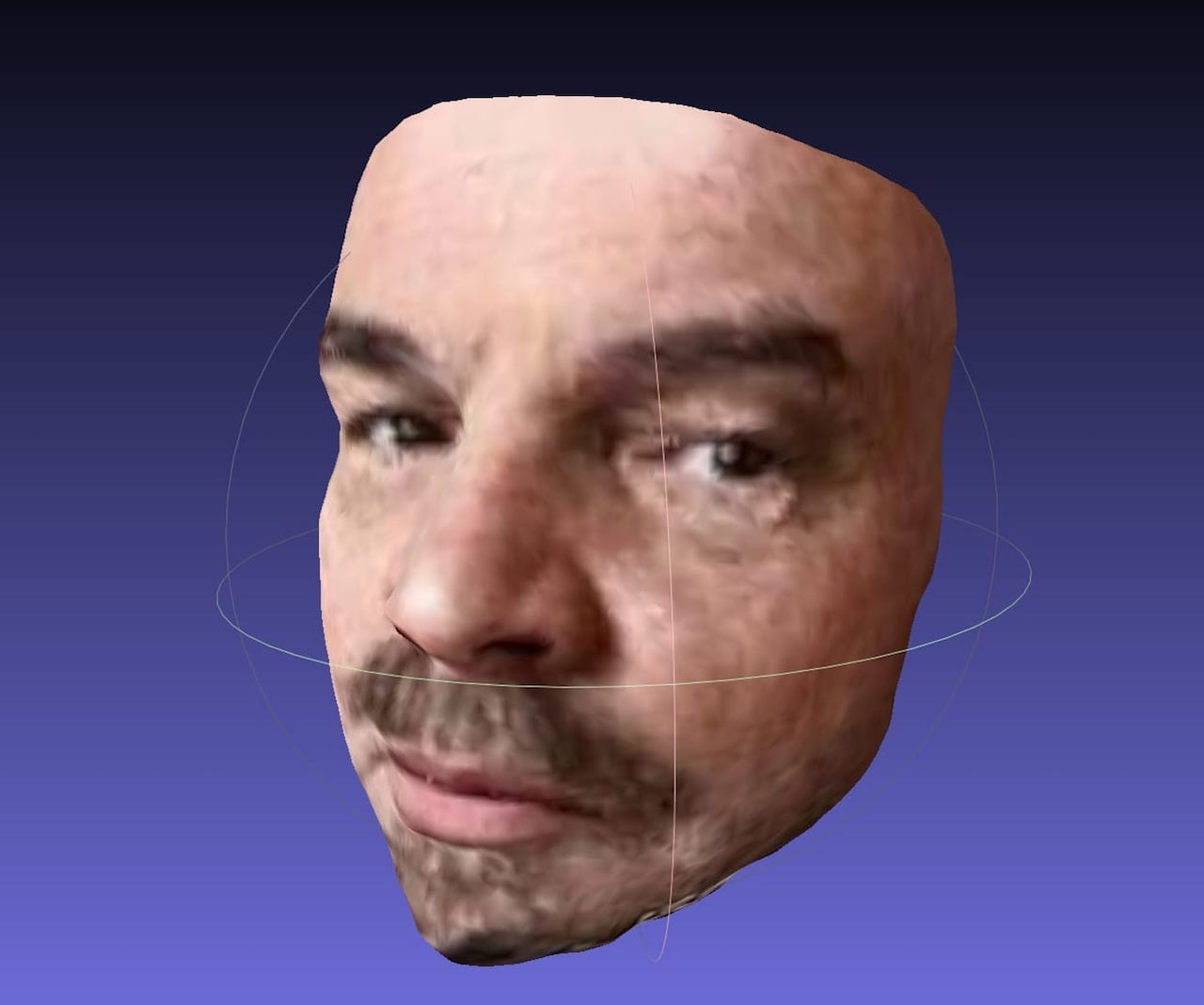
Einstein:
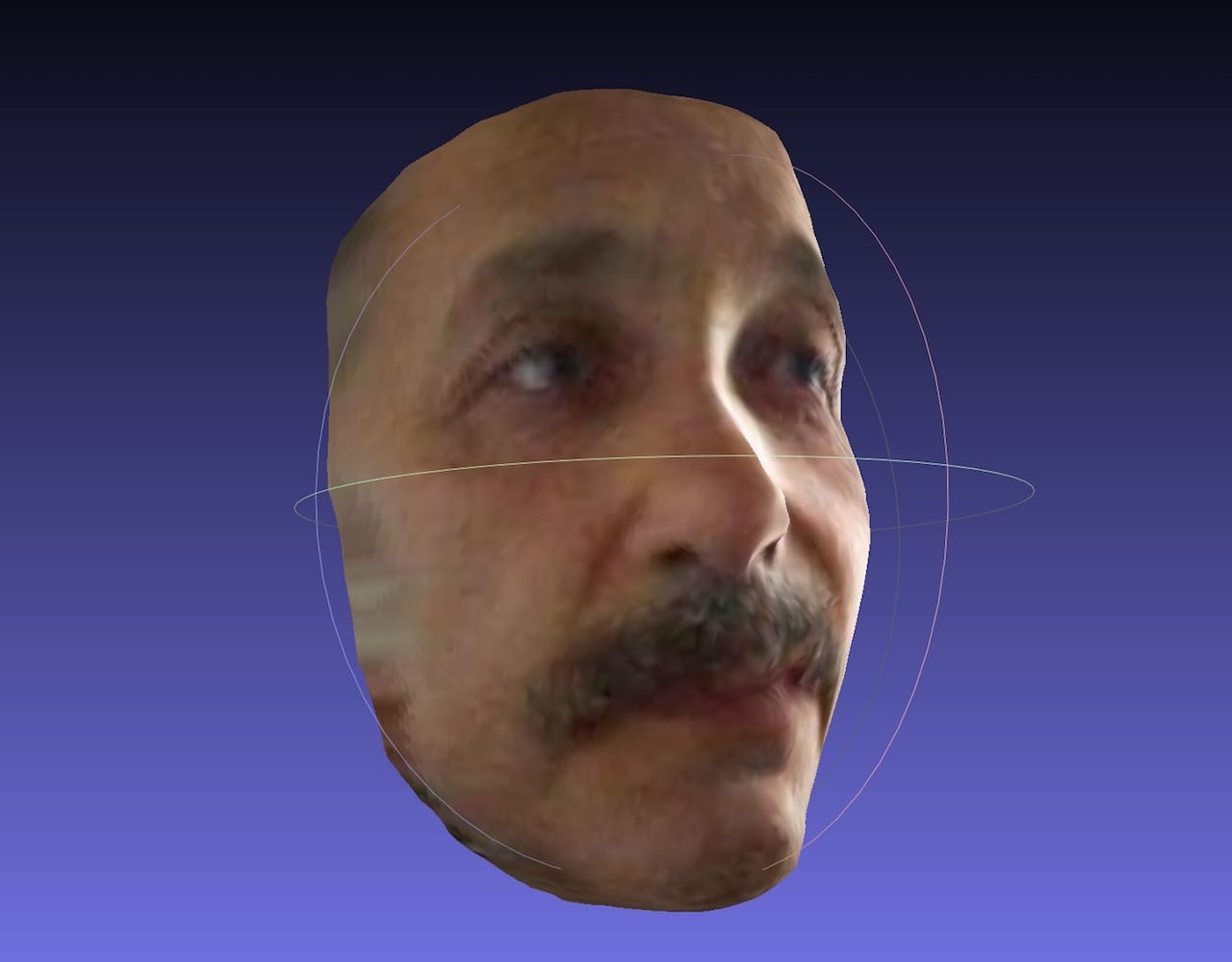
Churchill:
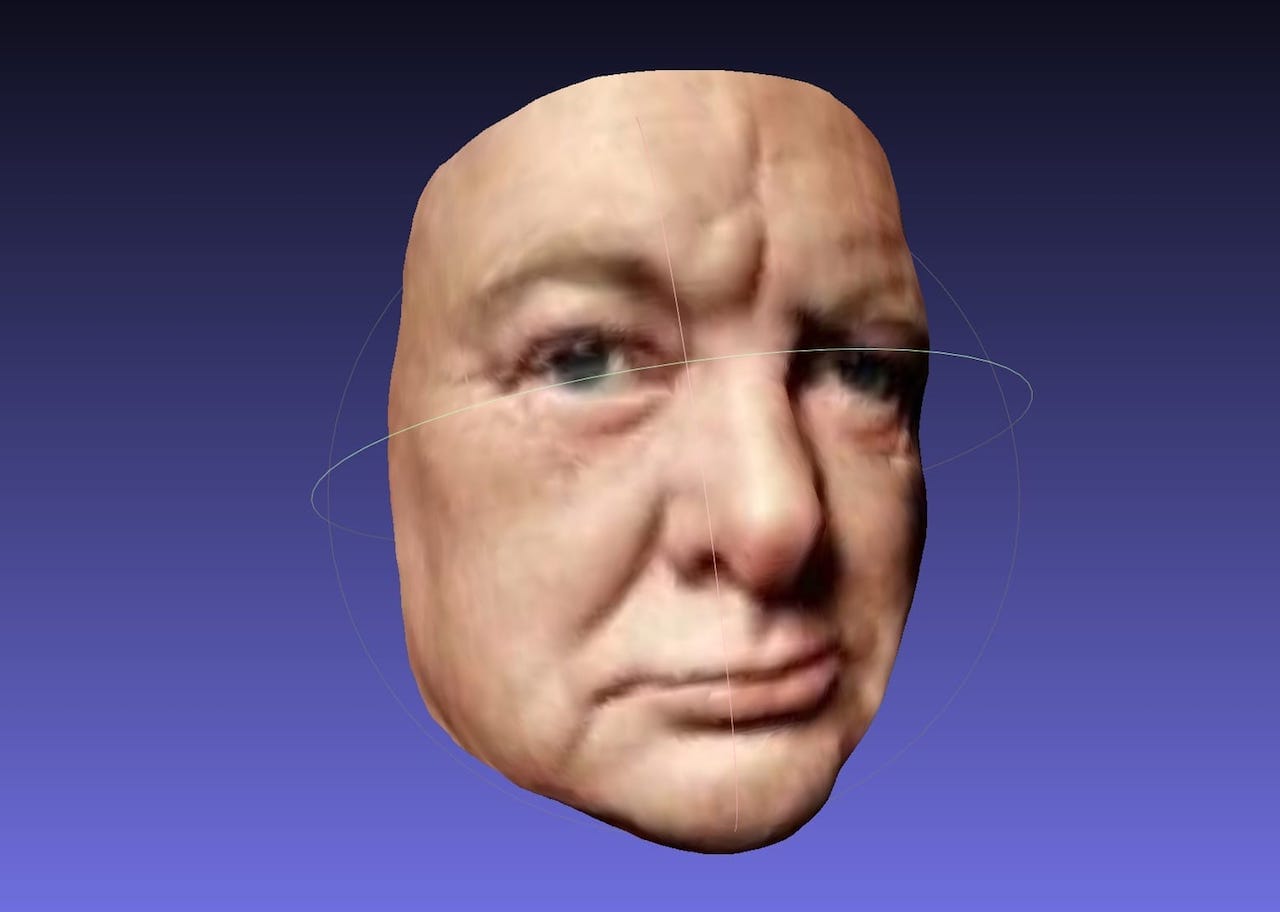
Amelia Earhart:
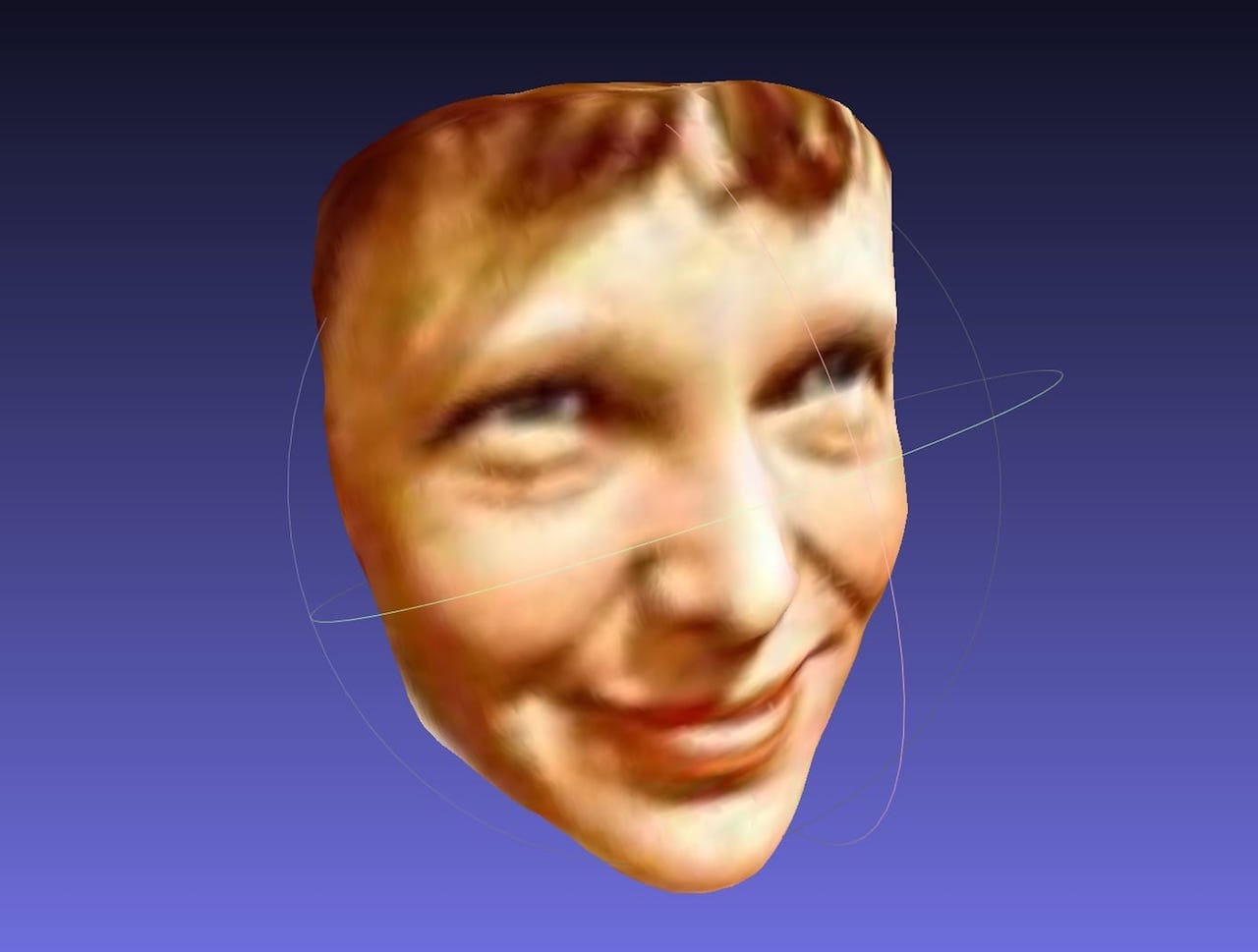
The possibilities are truly endless. The images here don’t really illustrate the effect when you can twirl the faces around, which you certainly must try.
But one final example is most incredible, at the top of this post. It’s a selfie made by one Robert Cornelius, taken in 1839, 178 years ago. Apparently it’s the very first “selfie” ever taken. It’s rough, obviously, but think about this: you can actually see an approximation of someone who lived almost 200 years ago!
I encourage you to stroll through your images and try this out, as you may be very surprised. Colorized black and white images seem to work well, if the subject is properly lit, but I suspect paintings and sculpture images won’t work as well because the algorithm won’t always match the artistic impression of the facial structures.
I think I’m going to print some of these, but you can still use the prototype service.

